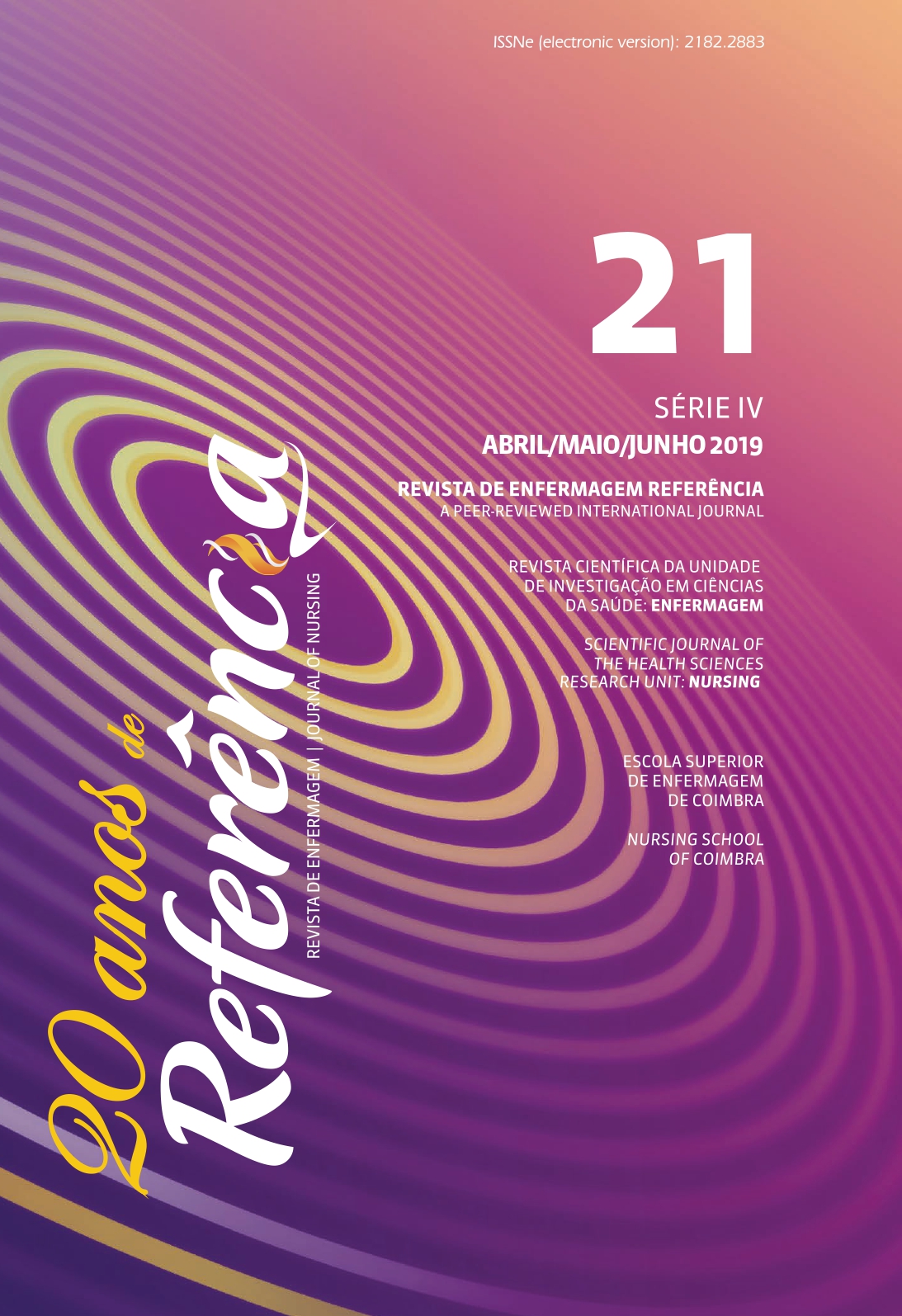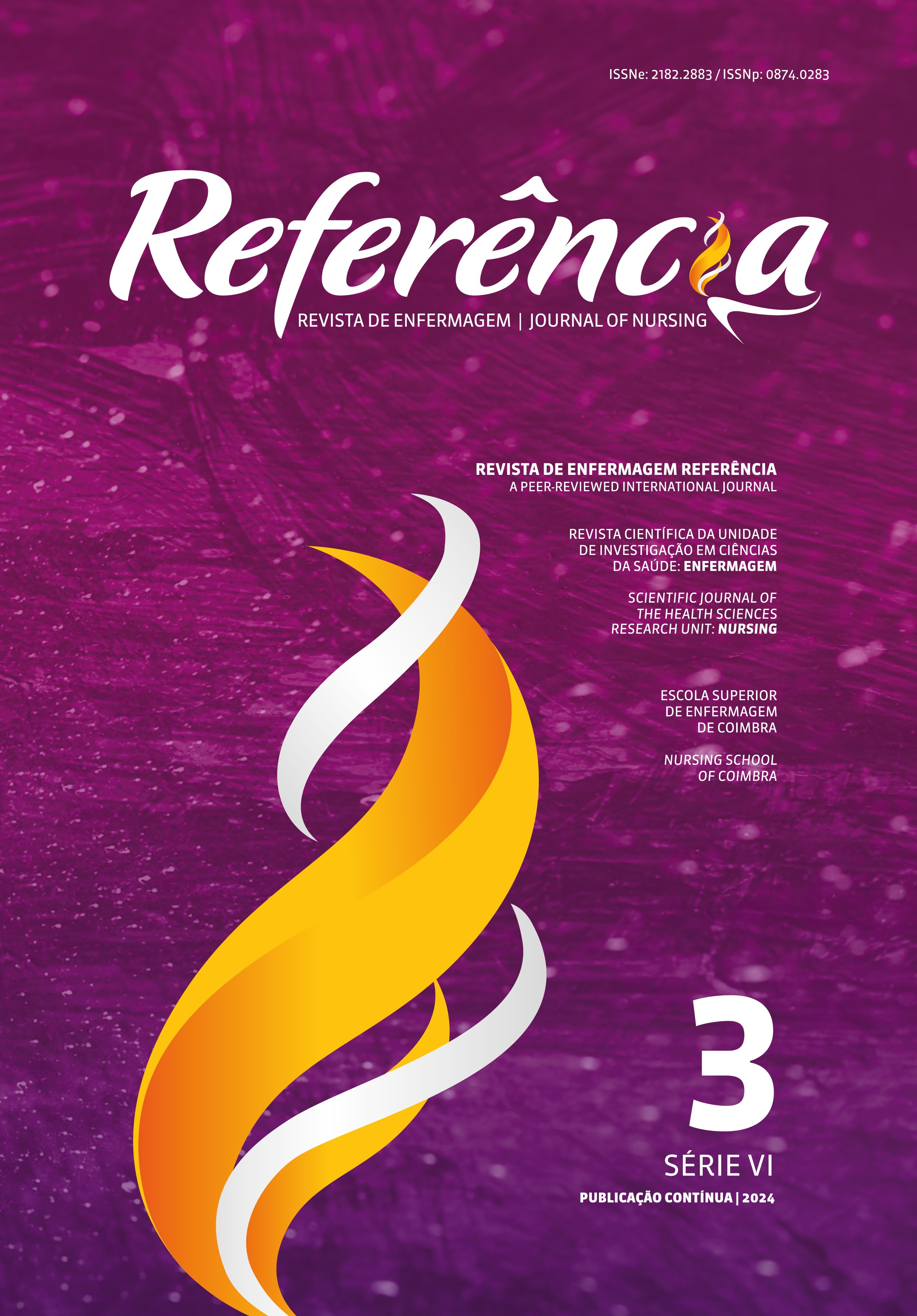Psychosocial risks of relief professionals: violence in pre-hospital settings
DOI:
https://doi.org/10.12707/RIV18067Keywords:
firefighters, workplace violence, prehospital careAbstract
Background: Violence is a severe psychosocial risk in the workplace, but it is little studied in the area of pre-hospital care. It represents a concern for professionals.
Objective: To know the point of view of chief officers on workplace violence in a pre-hospital setting against firefighters.
Methodology: A study of a qualitative nature using the Delphi method with semi-structured interviews and content analysis, taking place between May and December 2017. Twenty-four interviews were conducted at the national level.
Results: The chief officers considered that violence episodes occur frequently. Although there were reports of physical violence, psychological violence was the most significant.
Conclusion: Violence against firefighters occurs daily, but underreporting undermines understanding the real extent of the problem.
Downloads
References
Al-Turki, N., Afify, A., & AlAteeq, M. (2016). Violence against health workers in Family Medicine Centers. Journal of Multidisciplinary Healthcare, 9, 257–266. doi: 10.2147/JMDH.S105407
Agência Europeia para a Segurança e Saúde no Trabalho. (2003). Contra o stress no trabalho, trabalho contra o stress: Prevenção de riscos psicossociais no local de trabalho. Luxemburgo, Luxemburgo: Serviço de Publicações Oficiais das Comunidades Europeias.
Bernaldo-De-Quirós, M., Piccini, A., Gómez, M., & Cerdeira, J. (2015). Psychological consequences of aggressions in pre-hospital emergency care: Differences according to type and frequency of violence. International Journal of Nursing Studies, 52(1), 260-270. doi: 10.1016/j.ijnurstu.2014.05.011
Bigham, B. L., Jensen, J. L., Tavares, W., Drennan, I. R., Saleem, H., & Dainty, K. N. (2014). Paramedic self-reported exposure to violence in the emergency medical services (EMS) workplace: A mixed-methods cross-sectional survey. Prehospital Emergency Care, 18(4), 489-494. doi: 10.3109/10903127.2014.912703
Campo, V. R., & Klijn, T. P. (2017). Abuso verbal e assédio moral em serviços de atendimento pré-hospitalar no Chile. Revista Latino-Americana de Enfermagem, 25, e2956. doi: 10.1590/1518-8345.2073.2956
Dahlberg, L., & Krug, E. (2007). Violência: Um problema global de saúde pública. Ciência & Saúde Coletiva, 11(Supl.), 1163-1178. doi: 10.1590/S1413-81232006000500007
Deniz, T., Saygun, M., Eroğlu, O., Ülger, H., & Azapoğlu, B. (2016). Effect of exposure to violence on the development of burnout syndrome in ambulance staff.
Turkish Journal of Medical Sciences, 46(2), 296-302. doi: 10.3906/sag-1406-53
Direção-Geral da Saúde. (2016). Programa Nacional de Saúde Ocupacional. Lisboa, Portugal: Ministério da Saúde.
Direção-Geral da Saúde, Departamento da Qualidade na Saúde. (2015). Relatório técnico da notificação on-line de violência contra profissionais de saúde: 2014. Lisboa, Portugal: Ministério da Saúde.
Instituto da Conservação da Natureza e Florestas, Departamento de Gestão de Áreas Públicas e de Proteção
Florestal. (2016). 7º Relatório Provisório de Incêndios Florestais: 2017: 01 de janeiro a 15 de setembro (RIF07/2017, 18-09-2017). http://www2.icnf.pt/portal/florestas/dfci/Resource/doc/rel/2017/7-rel-prov-1jan-15set-2017v2.pdf
Instituto Nacional de Emergência Médica. (2018). Relatório anual: Atividades de contas 2017. Lisboa, Portugal: Autor. International Labour Organization. (2018). Workplace health promotion and well-being. Recuperado de http://www.ilo.org/safework/areasofwork/workplace-health-promotion-and-well-being/lang--en/index.htm
Khatiban, M., Hosseini, S., Bikmoradi, A., Roshanaei, G., & Karampourian, A. (2015). Occupational burnout and its determinants among personnel of emergency medical services in Iran. Acta Medica Iranica, 53(11), 711-716.
Lima, G., & Sousa, S. (2015). Violência psicológica no trabalho da enfermagem. Revista Brasileira de Enfermagem, 68(5), 817-823.
Mello, D. B. (2012). Violência no trabalho em um serviço de atendimento móvel de urgência (Trabalho de conclusão de graduação). Recuperado de https://www.lume.ufrgs.br/handle/10183/55288
Mroczek, B., Mormul, J., Kotwas, A., Szkup, M., & Kurpas, D. (2014). Patient aggression towards health care professionals. Progress in Health Sciences, 4(2), 67-74. Recuperado de https://www.umb.edu.pl/photo/pliki/progress-file/phs/phs_2014_2/67-74_mroczek_0.pdf
Organización Internacional del Trabajo. (2002). Diretrices marco para afrontar la violencia laboral em el sector de la salud. Recuperado de http://www.navarra.es/NR/rdonlyres/F10905E6-32DA-4FD-8-9366-859852AF767F/201487/WVguidelinesSP.pdf
Petzäll, K., Tällberg, J., Lundin, T., & Suserud, B. (2011). Threats and violence in the swedish pre-hospital emergency care. International Emergency Nursing, 19(1), 5-11. doi: 10.1016/j.ienj.2010.01.004
Xing, K., Zhang, X., Jiao, M., Cui, Y., Lu, Y., Liu, J., . . . & Yin, M. (2016). Concern about workplace violence and its risk factors in chinese township hospitals: A cross-sectional study. International Journal of Environmental Research and Public Health, 13(8), E811. doi: 10.3390/ijerph13080811
World Health Organization. (2018). Violence against health workers. Recuperado de http://www.who.int/ violence_injury_prevention/violence/workplace/en/























